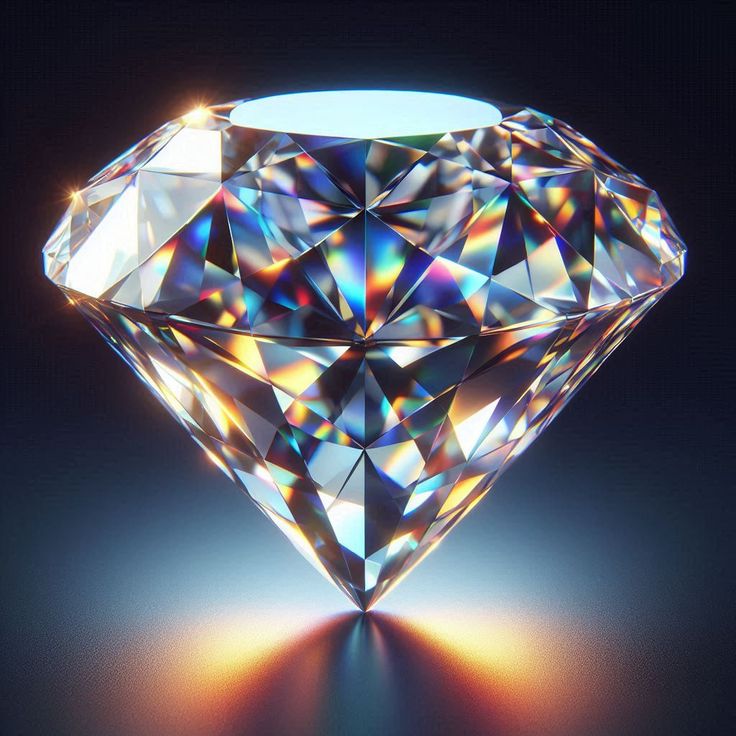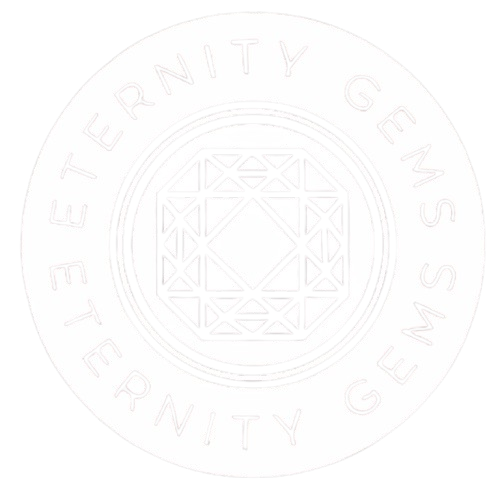Diamonds have always fascinated people with their beauty, rarity, and timeless appeal. However, what many do not realize is the immense process that goes into transforming a raw, rough diamond into the dazzling gem we know and love. The journey of rough diamonds, particularly large rough diamonds, from the mines to the final polished stone is a detailed and fascinating process. In this blog, we will explore the secrets of large rough diamond manufacturing, unraveling the steps and techniques that make these precious gems so extraordinary.
What is a Rough Diamond?
A rough diamond is a natural diamond that has not yet been cut or polished. Found deep within the Earth, these diamonds are extracted through mining and represent the raw material that will eventually become the stunning gemstones used in jewelry. Rough diamonds come in various shapes, sizes, and qualities, and only a small percentage of them will end up as high-quality gems. The process of turning a rough diamond into a finished product is both an art and a science, requiring skill, expertise, and technology.
How Are Large Rough Diamonds Different?
Large rough diamonds present unique challenges and opportunities compared to smaller stones. Due to their size, these diamonds often require more intricate cutting and polishing processes. Moreover, their rarity makes them highly valuable, and any mistake during the manufacturing process can result in a significant loss. As such, manufacturers need to take extra care when handling large rough diamonds. Additionally, large diamonds often have more complex inclusions, cracks, or other imperfections that need to be addressed carefully by skilled professionals.
The Diamond Manufacturing Process: From Mine to Masterpiece
1. Mining and Extraction
The first step in diamond manufacturing is mining. Diamonds are found in kimberlite pipes, which are deep, volcanic structures where diamond deposits are created under extreme pressure and temperature. Once diamonds are extracted, they are sorted and classified based on size, color, clarity, and shape. Large rough diamonds are carefully separated for more specialized treatment, as they have greater potential for high-value cuts.
2. Sorting and Grading Rough Diamonds
After extraction, rough diamonds are sorted and graded by expert gemologists. This process is crucial because it determines the value and potential of each diamond. Diamonds are graded on four key factors, often referred to as the “Four Cs”:
-
Carat weight: The size of the diamond.
-
Cut: The way the diamond is shaped and faceted.
-
Color: The absence of color in the diamond (the less color, the better).
-
Clarity: The presence of imperfections or inclusions inside or on the surface of the diamond.
For large rough diamonds, grading is especially important because a single rough stone can be cut into multiple smaller diamonds. The expert analysis ensures that the most valuable cuts are made.

3. Cleaving and Sawing
One of the first steps in transforming a large rough diamond is cleaving or sawing. Cleaving is a process where the rough diamond is split along its natural grain lines, ensuring that it breaks in the right direction. For large diamonds, this process is highly delicate and requires precision. If the cleaving is done incorrectly, it can result in the destruction of the diamond.
Sawing, on the other hand, involves cutting the rough diamond into smaller pieces using specialized lasers or saws. This process is typically used for diamonds that do not have a natural grain or for diamonds that are too difficult to cleave.
4. Shaping and Cutting
Once the rough diamond is cleaved or sawed into smaller pieces, it is shaped into a basic form, often referred to as a “round brilliant” or another cut shape, depending on the diamond’s natural qualities. The diamond cutter will determine the best shape and size that will maximize the stone’s brilliance and value. This stage involves intricate and precise cuts, each requiring careful attention to detail.
For large diamonds, this process is even more critical, as each cut can drastically alter the diamond’s final appearance. High-level craftsmanship is essential at this stage to ensure that the finished diamond will have the most optimal shape and brilliance.
5. Polishing
The polishing process is what truly brings a diamond to life. Polishing is a delicate task that involves smoothing the surfaces of the diamond to enhance its natural shine and sparkle. Large rough diamonds undergo a detailed polishing process where expert gem-cutters use rotating wheels coated with diamond dust to achieve the desired finish.
The number of facets, the angles, and the precision with which they are polished all contribute to the final look of the diamond. The polished result is a shining, flawless diamond that showcases its natural beauty and brilliance.
6. Final Inspection and Certification
Before being sold or set into jewelry, a finished diamond undergoes a final inspection to ensure its quality and characteristics match its original grading. This includes a detailed examination of the clarity, color, cut, and carat weight. A certificate from a reputable gemological institute, such as the Gemological Institute of America (GIA), will accompany the diamond, providing an official record of its specifications.
The Role of Technology in Diamond Manufacturing
In recent years, advancements in technology have revolutionized the diamond manufacturing process. Laser cutting machines and 3D modeling technology allow diamond cutters to achieve previously unimaginable precision and symmetry. With the help of computer-aided design (CAD), manufacturers can now simulate different cuts before making any physical cuts, reducing the risk of errors and optimizing the final product.
Additionally, automated sorting systems powered by artificial intelligence (AI) have enhanced the efficiency and accuracy of diamond grading, making it possible to handle larger volumes of rough diamonds with greater consistency.
Challenges in Large Rough Diamond Manufacturing
While the process of manufacturing large rough diamonds is fascinating, it is not without its challenges. Some of the main difficulties include:
-
Inclusions and Imperfections: Large diamonds often contain internal inclusions or cracks that require expert attention during cutting and polishing.
-
Minimizing Waste: With large rough diamonds, it is crucial to maximize the yield from the rough stone while preserving as much of its natural beauty as possible.
-
Risk of Destruction: A single misstep during cleaving, sawing, or cutting can destroy a large diamond, which is why highly skilled professionals are essential in this industry.

